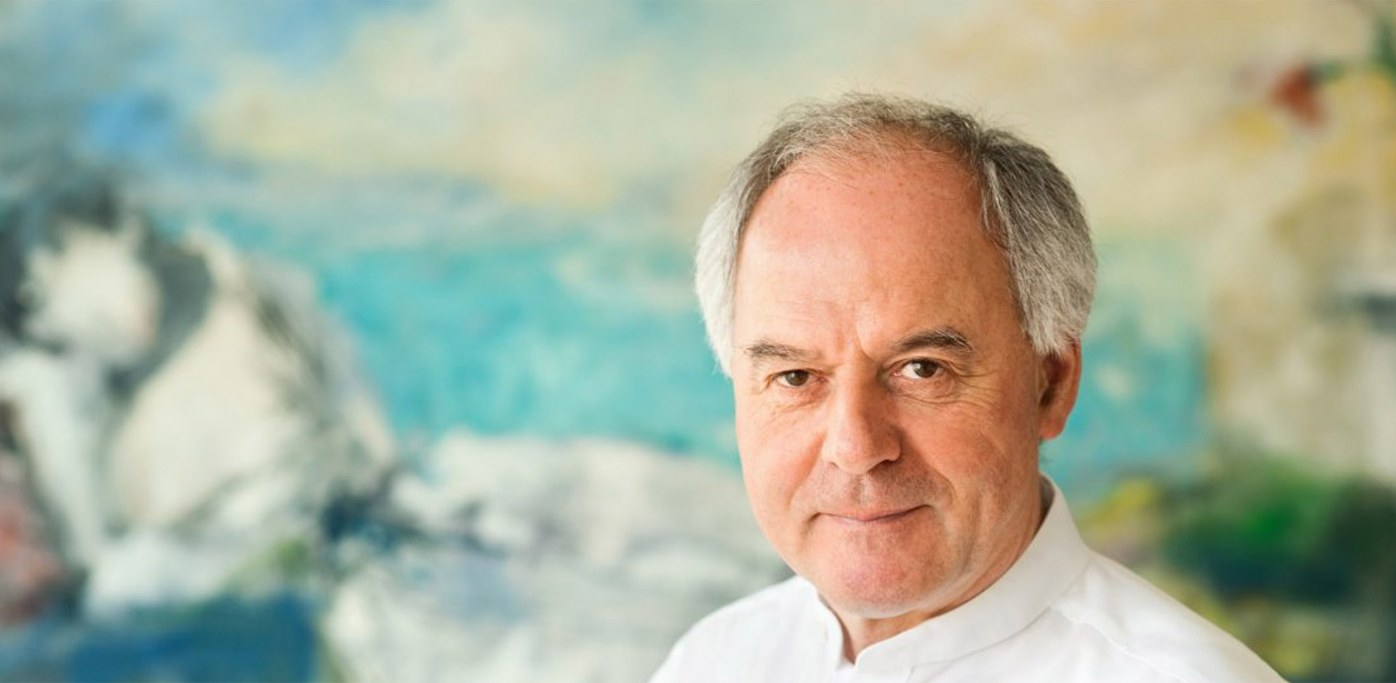(1/9)
The Art of Living: a continuous task in the shaping of Life and Self
This seemingly carefree phase is a friendly welcome to the arriving guest. Some stumble over its banality. What is "the shaping of Life"! It means sorting the chaotic mass of events, experiences, encounters, discussions, dreams, fantasies, wishes, curses, facts, thoughts... the things that make life what it is... according to one's own individual rules. Naturally, one such rule is to allow chaos to be chaos.
(2/9)
Life as experiment: the happy meanderings of Thought and Life
The art of living as a manifestation of an essayist's existence: In a case of doubt it comes down to creating byways and space for experimentation. Experimentation always entices us down a different path - just like the living-out of our existence hinder the strict implementation of a given plan. Experimentation, testing, experience: Are we an experiment ourselves?
(3/9)
The garden of delights and the abundance of empty space are fantastical
Fantasy merges with the complete realm of possibility. It releases the creative power, which opens life's new horizons. Just when we set our fantasy free in the abundance of joy or in the emptiness of absence, the imaginative power of fantasy creates a relationship to the Other, to the Other as idea, as individual or to the Other as one's own self. Any definition of a certain reality will only dissolve.
(4/9)
Everything becomes meaningful through the Erotic. It is this complete richness and this fundamental attraction that bear the salvation of life, even when nothing else carries meaning
The art of the Erotic: the pleasures of the senses, of seeing, of hearing, of smelling, of tasting, of touching and of feeling. The delights of thought and reflection. The delights of dreams and fantasy. The delights of memory. The delights of reading and discussion. The delights of laughing in all variations. The delight of pure being, that owes all to leisure and serenity. And then there is the pleasure of nomadic being, which results from the diverse encounters with others and the Other. And what of the experience of emptiness? The greater the heartfelt devotion once was, the greater the emptiness is now, and distance makes way for new intimacy.
(5/9)
The thought of death - a drive to partake fully in the richness of life
To repeat this thought is an age-old practice: the Self holds its own death in view, becomes accustomed to it, even familiar with it and gives it its place in one's own life. Most of all, to accept death as a boundary means to free oneself for living and offers relief in the difficult moments of life, for one then says to oneself that all difficulties can eventually be left behind.
(6/9)
The Self owes the beginning of a new life to pain, the most intense form of life
The meaning of pain: Like pleasure, pain has a tremendous capacity for intensity, but in contrast to pleasure, pain counters existence in its innermost core where the threat of extinction looms. What results from the most individual experience of pain is not an empowerment of self, but a defeat. This has the purpose of giving a new impetus for self care. Pain drives this caring, which in turn has the potential to set the Self aright once again.
(7/9)
In the darkness of human vanity, on the edge of the pit of despair, the flickering of a star called Irony is a list glimmer of hope
Irony is the art of living with contradictions. Whoever aims to eliminate contradictions aims to eliminate the fundamental structures of life itself. In situations where contradictions violently clash, it is irony that enables one to jump aside and escape narrow gap between hostile parties. Irony expresses a deep understanding, because it refrains from concrete definitions and plays with multiple meanings
(8/9)
The narrow, rigid conditions tyrannically dictated by the gravity of the Factual are relativized by a perspective from above and from withou
One of the best techniques of the art of living is also one of the oldest: gaining distance from the Immediate. If things, being as they are, stupidly remain unlikely to change, then taking up a position, even a far removed, ficticious one, allows for a new perspective. From a distance it is possible to look back at a situation; this is the distance of reflection; it is the retrospection of the Self upon itself.
(9/9)
The art of living consists not of what we have, but of what we lack and will always lack in some terrible way
The climax of the art of living is to recognizing that one always only stands at the beginning. The circle closes, and we may return to the ground floor, the basic facts: the art of living is a continuous task in the shaping of Life and the Self. "Continuous" is the essential point; never ending, never concluding, one is always searching for a way to create a life of beauty for oneself. This means leading a life that says "Yes " to the Self, even when this is more difficult and painful than joyous and pleasurable, a life complete with the full expanse of experience, complete with the full relish and conscious implementation of living.








